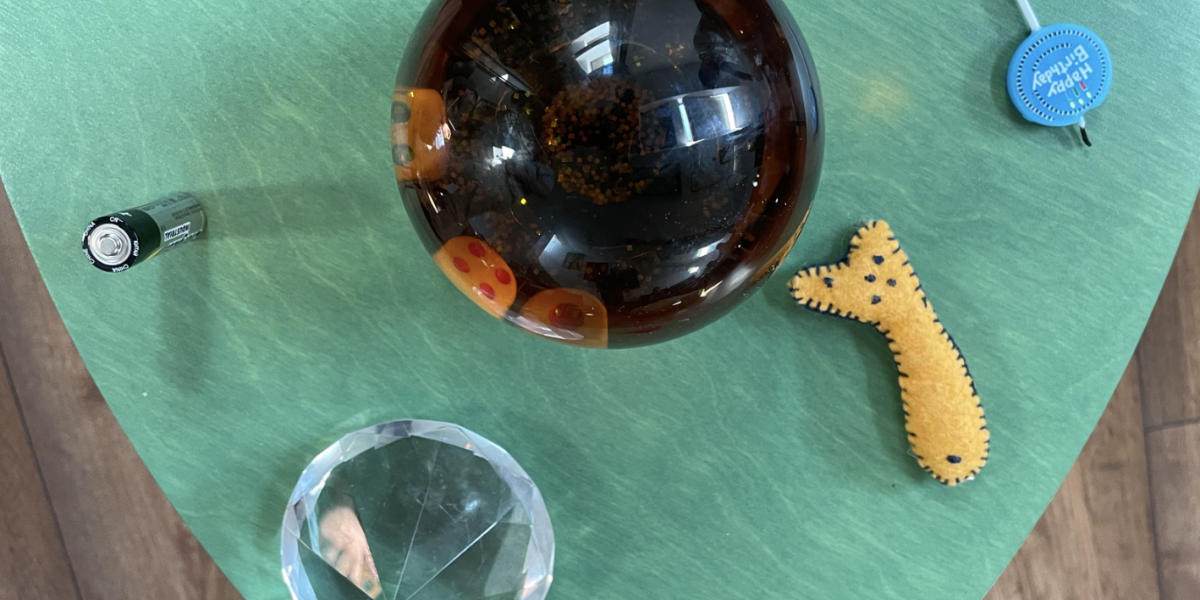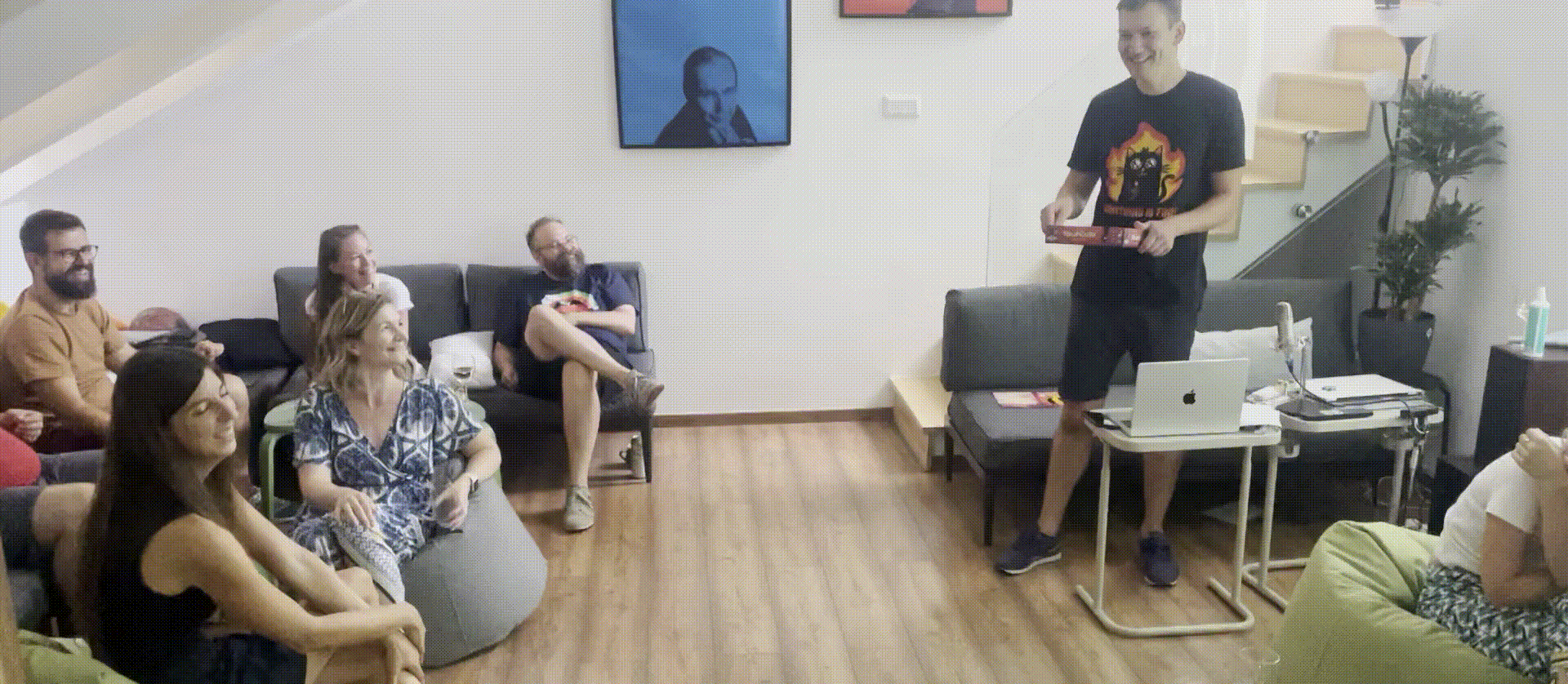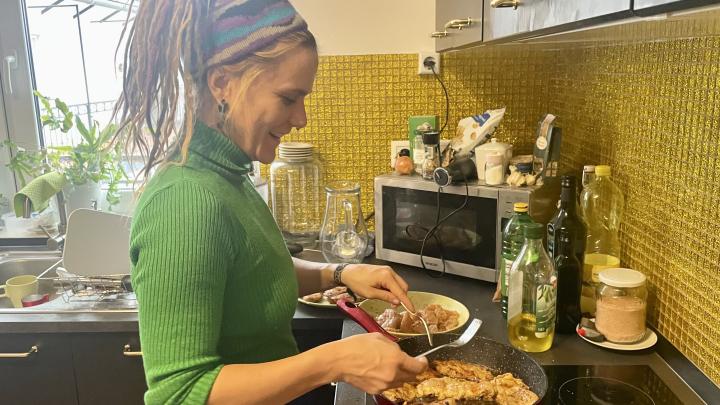We have been measuring the well-being of the business community for eight years. At the end of every two weeks, on the day of the shutdown, we all answer three questions. How well have I done? How did I feel?
Integral Vision
In combination with objective performance, the individual data are aggregated into four curves. We don't do much with it, we just visualize it and determine whether we are on an ascending or descending branch.
Results-oriented approach
Integral Vision provides a framework for people to solve IT problems. This is what we do every day, we bid and deliver projects to create a web-clickable end result that can give the experience of having created something. It was in the early years of IV that I discovered the ROWE approach, which is still one of the defining approaches that has made our operations successful while keeping staff freedom levels extremely high.
ROWE was one of the first steps we took to create a democratic workplace. We started from the premise that we needed to be clear about what we considered to be a result, and that if we made it measurable, we would have a collaborative structure that did not rigidly regulate expected time and place of work.
Instead of measuring time, we chose to start with storypoint, a metric used in Scrum to express task complexity. We concluded that, like the timesheet, it doesn't accurately express the value of our work, but it does allow us to make individual commitments and account for the work we've done based on that.
We've been doing this for over eight years now, and this metric has served us honestly, giving us the freedom we wanted, while not being said to measure everything we do for our clients.
With all of its flaws, we have been able to maintain a performance focus with this metric. While the storypoint may be a good way to express how complex a problem is, it doesn't tell us much about whether we managed to deliver value during the project. It is not suitable for this. It can become counterproductive if the tool becomes the goal, then it becomes "let's just score the points", "let's just meet the storypoint commitment".
To ensure that our solution doesn't disappear into oblivion after 3-4 years, we strive to create longer term partnerships so that a single website we create can last for up to a decade. That's a long way off in the web industry, but we can't fool ourselves into thinking we're delivering solutions that are valid and work for decades. If we focus too much on the end result, after a few years of spin, we may find that the joy of a delivered/upgraded website does not compensate for the stress of months of work. This approach is a sure path to burnout.
Result and process together
If we understand results orientation as merely what is expressed by SP commitment and fulfilment, we can miss the point. We realised this relatively quickly, so we kept our habit of giving more emphasis to sharing subjective experiences in retrospectives and paying attention to seeing and measuring the experience of the process.
So it happened that the rigorous ROWE principles were complemented by a process dimension. We stated that although the complexity point expresses the engineering work we do and thus lends itself to being a single point of accountability, project work is much more than that, where the business context, focus on value creation and meanwhile collaborative habits are equally important.
A culture of collaboration is the hidden ingredient that, if established and sustained, embedded within it, a storypoint approach to performance works. It is something that cannot be measured well by quantitative means: if it is there, it is not visible, but if it is not good enough, frustrations with the performance metric will emerge.
Organizational collaboration cannot be effectively captured in a cause and effect relationship. The community space shaped by people is more akin to a homeostatic equilibrium. It's like a well-functioning permaculture garden or a crystal clear water plant aquarium. Commonly formed habits provide the self-regulating function that allows the balance to be maintained.
Outcome or process? Which is more important?
If we think in the short term, the result is more important. The fact that we have created something, and it is not for the account, but we have actually managed to get it published and there is a market for our service or product, is essential. It is necessary to experience our work as useful.
When we think on a multi-year scale, what we have experienced in this process, how we have been able to connect with others, and the emotional and intellectual milieu in which we have been in these connections, becomes increasingly important.
Have I been able to grow in my abilities, in my ability to know and develop my own potential? Did I deepen my relationships within the community, could I rely on my colleagues? Have I managed to open up to others over the years, or have I kept a safe distance?
How have I been able to build my relationships with others Have I developed a rapport with my clients? Did we work as a team on the case, or did the struggle over finances put up walls between us? What purpose did the product/service created serve, what value did it reinforce? Can I identify with it? Will I still value it ten years from now? Is my work socially useful? What feedback have we received from the user or client?
The experience of growth
The answers to these questions will fade over the years, and we will remember less and less of the specifics, but they can leave a significant emotional and mental imprint on us during the working years. This has a direct impact on personal well-being, allowing for growth and development. If we look at the results of a project in this way, the tangible and appreciable result decades later will be the person we have become during that period. Projects fade away, our clients' faces blur, our colleagues are forgotten. But the experiences we have during the process directly shape us and influence who we become. That's why I believe that the process of a project is as important, if not more important, than the end result.
With Andi, we created a questionnaire to gauge the well-being of our company community. We took the Seligman model as our starting point, looking at positive emotion, flow, relationships, meaningful work, performance, as well as autonomy.
Share with your friends!

